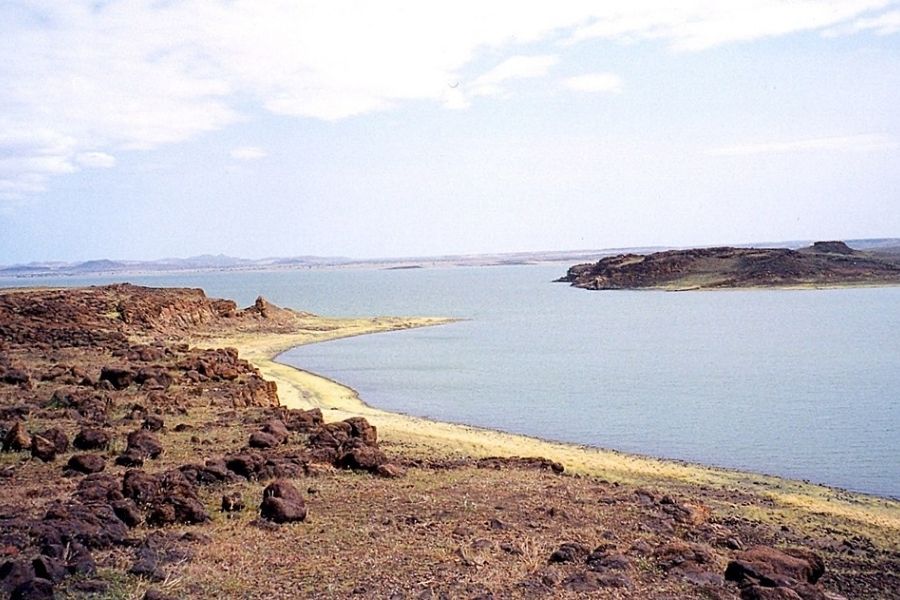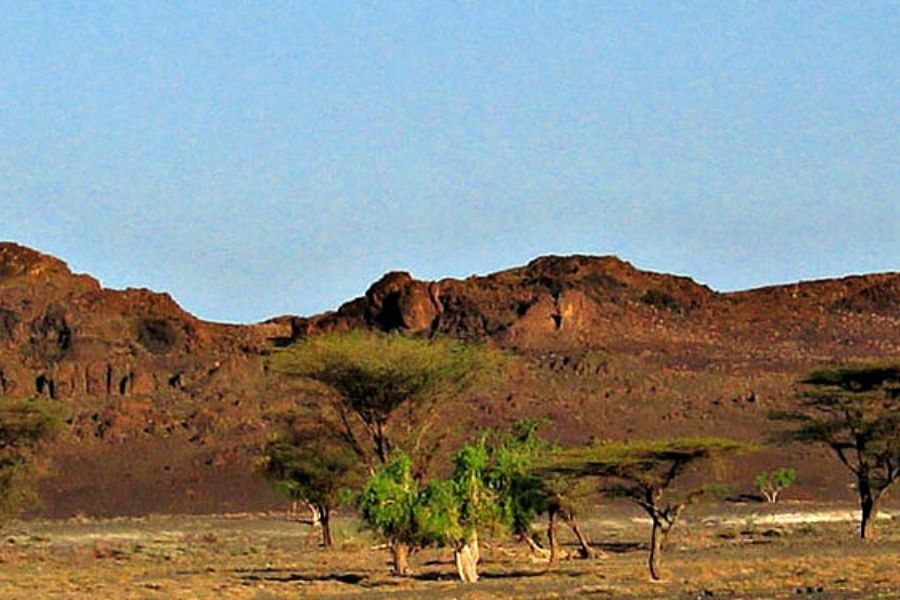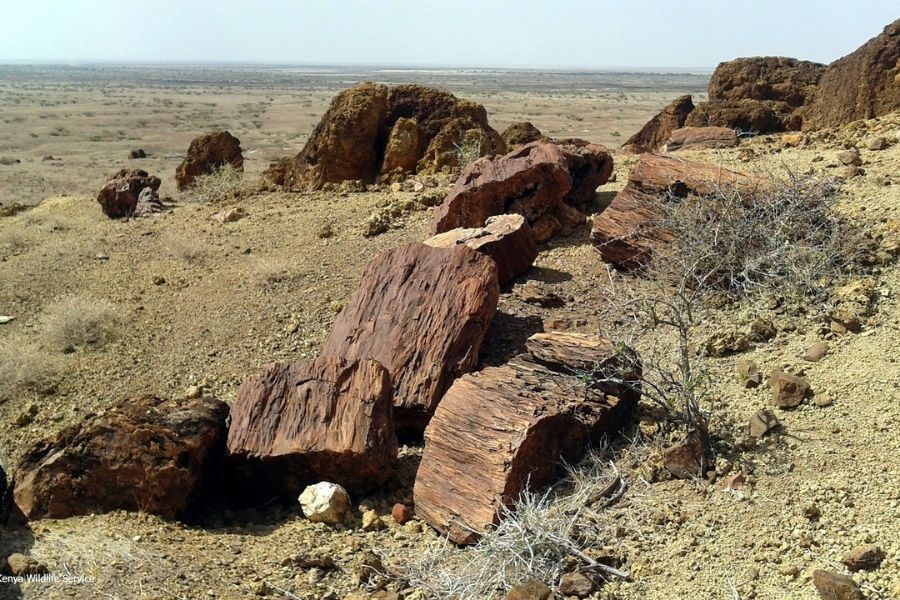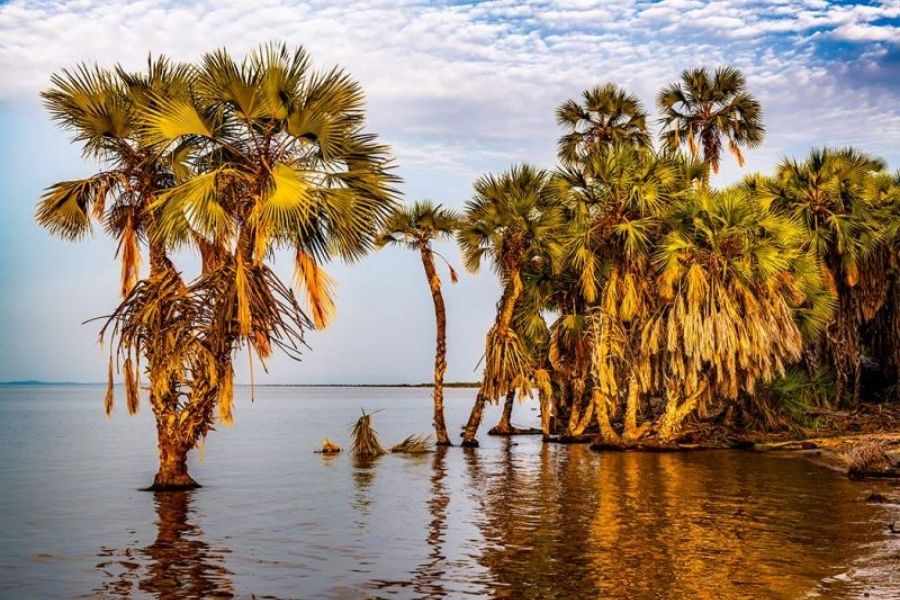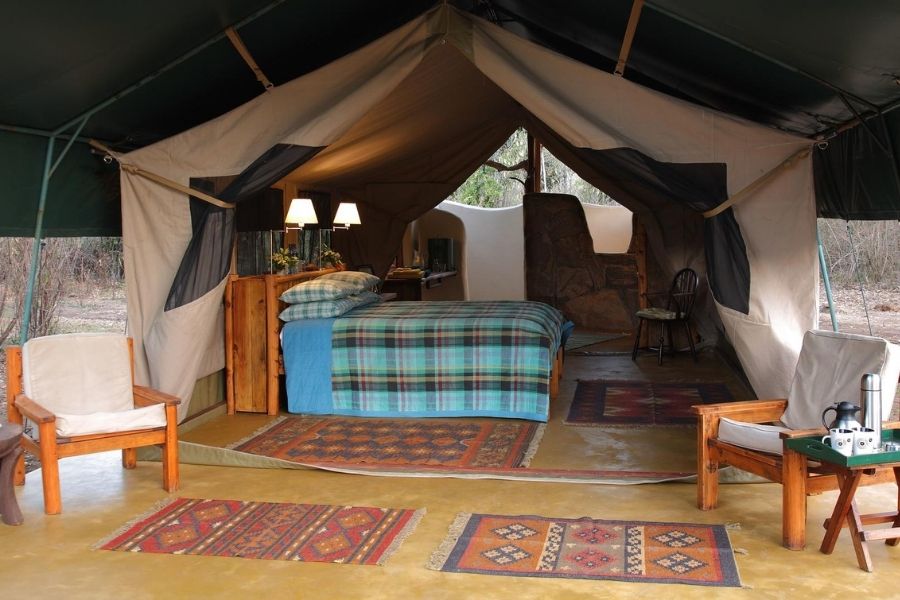HIGHLIGHTS
Sibiloi National Park in Kenya is a World Heritage Site and known as The Cradle of Humankind due to its unique fossil and archaeological significance.
An adventurous safari in Sibiloi is for those that have tired of the traditional circuit. Visitors with a pioneering spirit and a yearning for the road less travelled will find their ideas of life in Africa transformed after spending time in Sibiloi.
Sibiloi National Park is situated on the eastern shores of lake Turkana, near the Ethiopian border and covers just under 1 600 square kilometers.
Sibiloi National Park, the South Island and Central Island National Parks collectively form the Lake Turkana National Parks.
HUMANKIND EVOLUTION.
- Sibiloi National Park was established to protect the found fossil sites, which has been useful in understanding the human evolution than any other area on the planet so far.
- The Koobi Fora Region is the center of archaeological, paleontological and geological interest.
- Over the last 30 years, a Petrified Forest has been discovered and thousands of fossils brought to light, including more than 300 hominid specimens plus the remains of a giant Crocodile, Tortoise and Elephant.
- Dr Richard Leakey unearthed an ancient skull of an early human at this site and since then Sibiloi and the Turkana Basin have been the centre of scientific study and research.
WILDLIFE
- Sibiloi National Park is extremely hot and arid, yet it protects a range of wildlife that is astounding in its own right. Animals that can live in arid conditions, such as Grevy's Zebra, Beisa Oryx, Gerenuk and greater Kudu, are present in the park.
- Other species include a comprehensive range of predators namely Lion, Leopard, Cheetah, Striped and Spotted Hyena, Jackal and Caracal to name a few. Central Island is a major breeding ground for Nile Crocodile.
- Birdlife is prolific with more than 300 species recorded around Lake Turkana. This number increases during the summer months when migrant species arrive.
- The alkaline lake is not suitable for many species, but Flamingos and Pelicans love the algae in the water and the salty environment.
- A variety of water birds including African Skimmers, Herons and Gulls can be spotted on the shoreline and the park is also home to local species such as the Crested Lark and Heuglin's Bustard.
ACTIVITIES
VISIT THE KOOBI FOR A MUSEUM
- The Koobi for a museum boasts with Australophecus and homo fossils that explain the evolution of mankind than any other site in the continent. There is also an elephant fossil dating 1.7 million years ago as well as a giant tortoise of 1.6 million years ago.
GAME DRIVES
- Tourists can go for game drives to the semi arid land and come across stripped hyenas, gazelles, leopards, lions, Oryx’s, greater kudus, jackals, titiancrocodiles to mention a few. The karsa water hole will provide you with uninterrupted views of game
BIRD WATCHING
- Sibiloi national park hosts over 350 bird species aquatic and terrestrial some of which are residential and others migratory birds examples of the birds to be seen include; pelicans, African skimmers, Huggins bustard, crested lark, ducks and flamingoes o mention a few.
CULTURAL EXPERIENCE
- Experience the unique African culture by visiting the Dassanach, Gabra and the nomadic Turkanaall this different tribes have different cultural values and experiences to offer from the ways of lives and how they live in their communities.
VISIT LAKE TURKANA
- Lake Turkana is the world largest desert lake and normally changes colors from blue to grey and green due to algae growth, it’s advisable to take stripped here and see water birds and enjoy the spectacular scenery.
NATURE GUIDED WALKS
- Nature guided walks can be taken to petrified Forest, jarigole pillars and Kobi for a spit for unique experiences.
VISIT LAKE TURKANA ISLAND
- The island is what you can add to your safari it’s got three lakes within it’s adorable to see a lake on a lake it’s also endowed with giant Nile crocodiles and is the highest crocodiles concentration the whole world.
ATTRACTIONS
Lake Turkana -
With its fascinating colour changes due to algae growth and the shifting winds; changing colours from grey to blue to jade. The world’s largest permanent desert lake and the largest alkaline lake in Africa.
Petrified Forest -
This lies on the edge of the Sibiloi Mountain at Alia Bay
Karsa Waterhole -
It is a rare pool of standing fresh-water where wildlife go to drink
Jarigole Pillars -
An excavation site of a pre-iron age burial ground
Koobi Fora,
Home of fossil Skeletons
Karari Escarpment -
For excavations of 2 ancient sites that are more than a million years old
Nature walks in the petrified forest and along the Koobi Fora spit.
INSIGHT
- Sibiloi National Park is completely waterless apart from the salty waters of the lake shore and a few remote waterholes.
- It is very hot and dry here. Safari options include a guided fly-in tour or overlanding on an extended safari through the northern frontier.
- Any type of expedition should be well equipped, self-sufficient and conducted by experienced guides.
HOW TO GET THERE
-
The park can be accessed by road or air. Its 800 kilometers from Nairobi the park has two airstrips.



